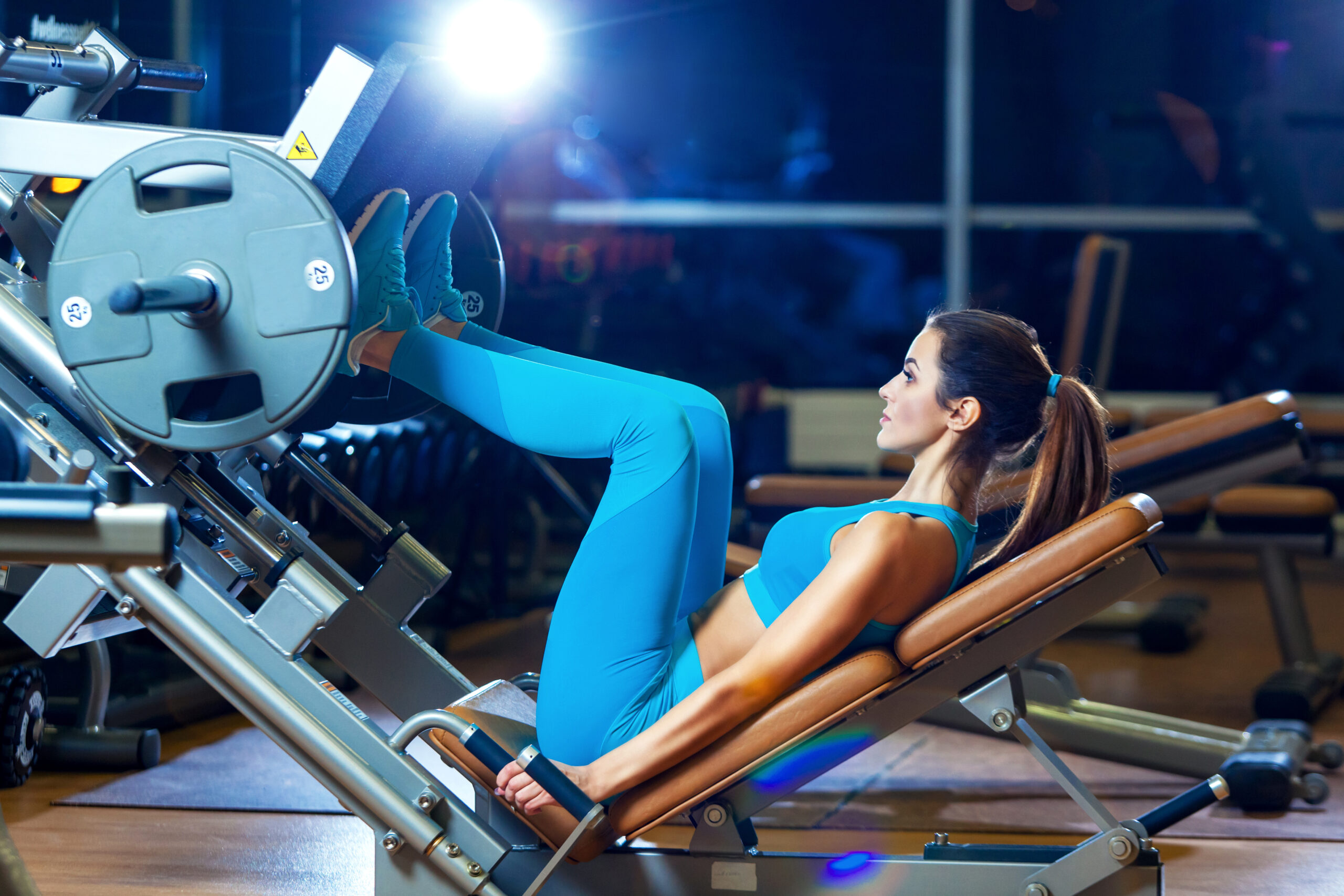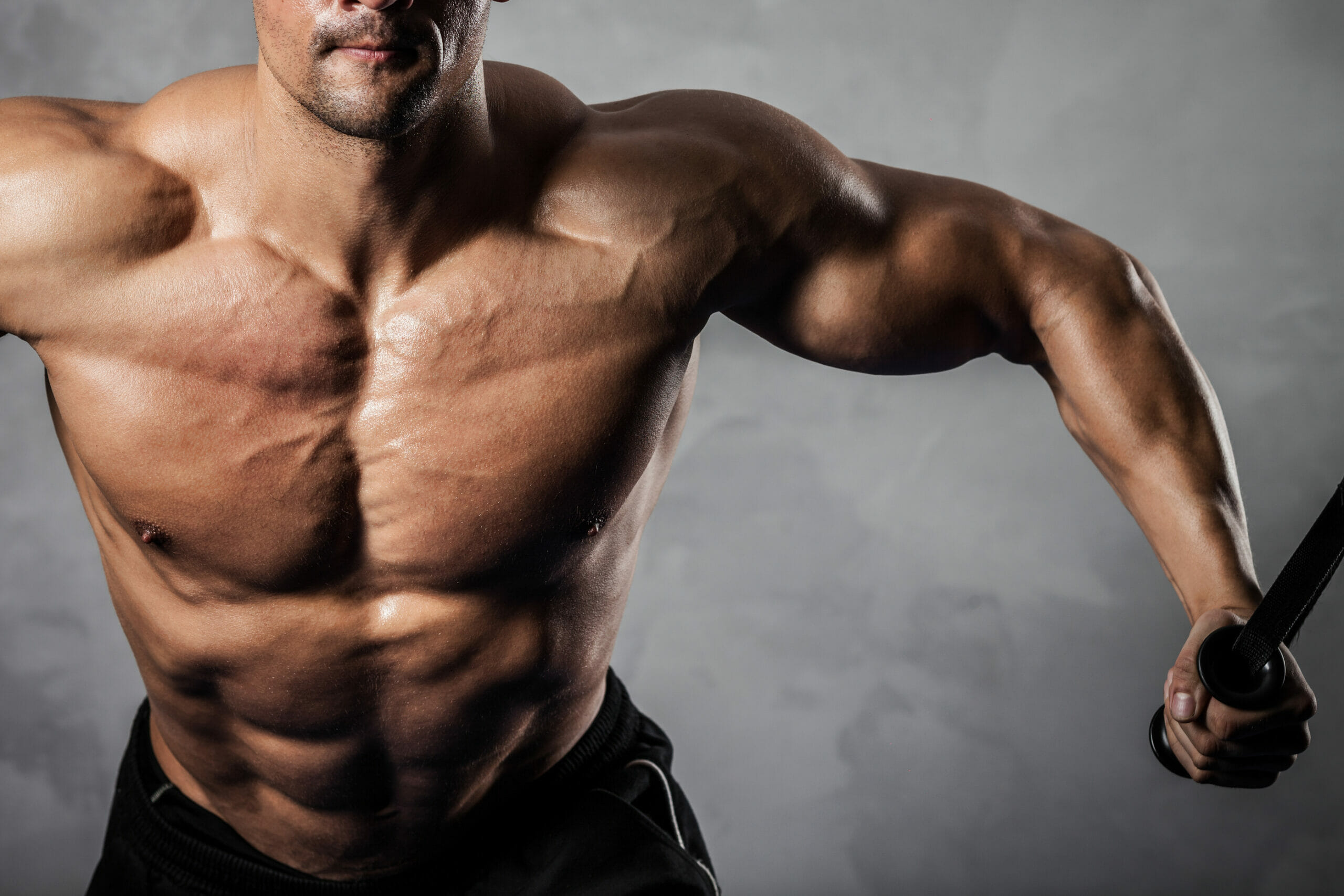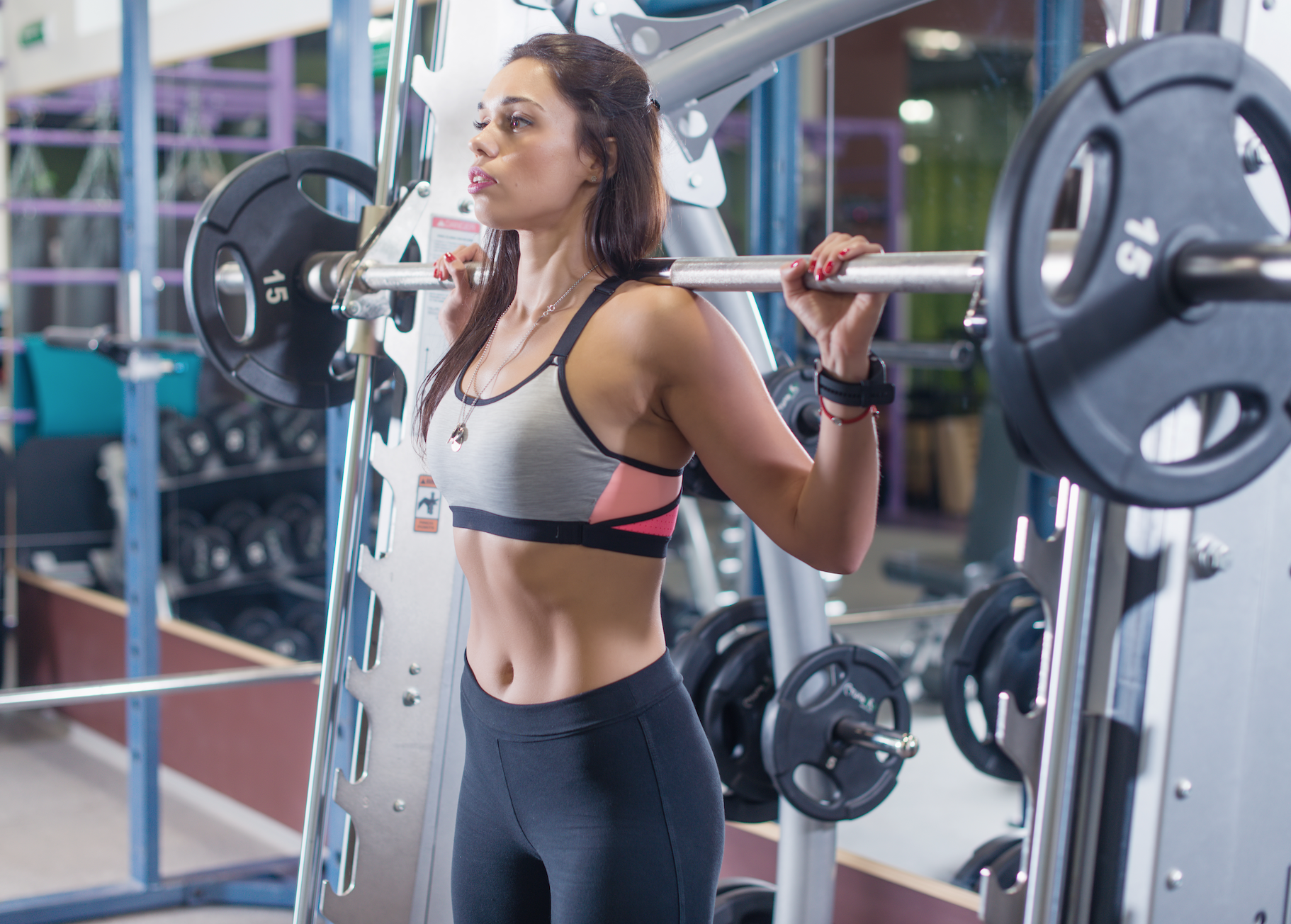
Barbell squats are awesome, but they’re not for everyone.
Mastering the proper form takes practice and if you start loading on plates before you’re ready, you’re asking for trouble.
And even if your form is correct, barbell squats still put a lot of pressure through your spine and upper body and can cause discomfort even on a good day.
But how are we supposed to crush leg day without barbell squats??
Enter the belt squat machine.
There are a lot of barbell squat alternatives to choose from, but if you’re looking for something different, you should consider trying the belt squat.
With the weight loaded across your hips, this squat variation spares your back and shoulders and helps promote proper squatting form at the same time.
More and more commercial gyms are adding belt squat machines to their lineup these days, but there are plenty of reasonably-priced home models out there as well.
And if push comes to shove, you can always create your own setup at home too.
If you’re looking to freshen up your leg routine, keep reading – in this article, I’ll go over everything you need to know about belt squat machines and what this move has to offer.
What Is A Belt Squat Machine?
A belt squat machine is a device that allows you to perform squats without loading a barbell across your shoulders.
Instead of using a barbell, you connect a belt to a device that’s usually plate loaded to provide resistance.
The belt sits across your hips (think of a dip belt), so the weight is anchored across your hips, instead of sitting on top of your shoulders.
Most belt squat machines also include handles or a bar that you can hold on to for support, making it easier to balance yourself as you squat down.
The movement for this type of squat is essentially the same as any barbell squat, so you’re working all the same lower extremity muscle groups (quads, hamstrings, glutes, etc).
The big difference though, is that the resistance you’re working against is weighing you down from your hips, instead of your shoulders.
Belt squat machines have actually been around since the 1970’s, although it seems like they’ve become especially popular in more recent years.
They’re popping up in more commercial gyms now and home fitness brands are offering more residential models as well, making it a good time to give it a try if you never have.
Advantages of The Belt Squat
The belt squat isn’t perfect, but it does come with several advantages over the traditional barbell squat:
Comfort
The biggest benefit of opting for the belt squat is that most folks are going to find it more comfortable to do.
Seasoned power lifters might miss the feel of the bar across their shoulders, but folks like me (who don’t like barbell squats to begin with), likely won’t.
And people with stiff or achy backs will almost certainly appreciate having the load removed from their spines.
And for newbies, placing a belt around your hips can be more approachable than loading a bar across your shoulders – barbell squats can be intimidating for beginners.
Not to mention the ache in your neck if you accidentally screw up your bar placement across your shoulders.
Safer
This goes hand in hand with the point mentioned above, but removing the weight from your back makes the belt squat machine a safer option for most.
Especially for folks who haven’t exactly mastered proper squatting technique to begin with.
You still need to watch your form with belt squats, but having the weight anchored to your hips instantly reduces the risk of injuring your neck or back during the exercise.
Not to mention the inherent risk that comes with adjusting the bar, loading the bar, and re-racking the bar after a taxing set.
And best of all, you don’t have to worry about what’ll happen if you lose control during a challenging rep – if your legs give out during a belt squat, the weights will simply lower back to the ground (without you under them).
Proper Form
You need to have a basic idea of how to do a squat properly before attempting a belt squat, but in general, the belt squat can help promote better squatting form.
Which can actually make you better at doing barbell squats, if that happens to be a goal of yours.
Having the weight anchored between your legs encourages a wider stance and having the belt across your back naturally promotes more lumbar extension, making it less likely you’ll round your back during the lift.
That said, you have to be careful not extend your lumbar spine too much because that can cause issues too.
Like barbell squatting, the goal is to keep a neutral spine as you squat down – and sometimes playing with the belt placement can help with this.
Volume
Belt squats can be helpful when it comes to adding volume to your leg workouts because you can target your legs without fatiguing your back.
Barbell squats are a great leg exercise, but they also work your back and core too – and sometimes your back will fatigue faster than your legs, making it hard to knock out higher rep loads.
Well, with the belt squat, this isn’t an issue.
This means you can do as many sets as you need to without fear of your back tiring out on ya.
Belt squats also make great finishers or burn-out exercises for those days you’re really trying to punish your legs (similar to a leg press machine).
Versatile
Belt squat machines are obviously designed for performing squats, but they’re a little more versatile than you might think.
You can do several other exercises with these machines as well, including:
- Lunges
- Calf raises
- Marching in place
- Bent-over rows
- Romanian deadlifts
- Bicep curls
- Sumo squats
And I’m sure there are plenty of others we could come up with.
Keep in mind, you can swap out the belt and use other handles with the belt squat machine too.
Disadvantages of The Belt Squat
Belt squat machines are comfortable and safe to use, but like any other exercise, they aren’t perfect. They come with their share of disadvantages too:
Easier
For starters, most would agree the belt squat is an easier variation – and the folks looking to challenge themselves and get the most out of their time in the gym aren’t usually looking for ‘easy’.
Taking the weight off your shoulders immediately makes things a lot easier for your core because now these muscles won’t have to work as hard to stabilize throughout the squat.
It’s also been suggested that belt squats don’t hit your glutes as effectively as barbell back squats, although playing with stance and technique can help get the glutes more involved.
Availability
Even though belt squat machines are becoming more commonplace, they still aren’t as common as power racks (not even close).
So, everyone isn’t going to have access to one of these machines, which will certainly make it harder to perform.
Although as we’ll see below, there are ways you can do this exercise without a stand alone belt squat machine.
Too Much Extension
Belt squats are generally a safe move to perform and they can help you improve your overall squatting technique, but you have to be careful not to extend your lumbar spine too much while performing.
Having the belt a little too high up on your back can promote more lumbar extension and remember, the goal is to keep a neutral spine.
Bringing the belt a little lower down across your hips can help correct this, but it’s still something to be aware of.
Making Your Own Belt Squat Machine
Ok, belt squats sound intriguing, but your local gym doesn’t have one and you don’t have room in your home gym for a machine, so now what?
Don’t fret, there are a few ways to do belt squats without a complete belt squat machine.
The simplest method is to take a dip belt and snake it through a plate – bam.
If you want to squat deeper, you’ll probably have to stand on a platform or a couple of bumper plates to get ya off the ground a little higher.
You could also use the same idea, but place a kettlebell through the belt instead of a plate, but you might still need to stand on something to get full squat range.
If you have a landmine station, you could attach the dip belt around the bar and do belt squats with your landmine as well.
And if you already have a rack at home, you could look for a belt squat rack attachment that’s compatible with your model.
If you try any of these methods, just know you probably won’t be able to handle the same kinda weight you’d be able to use on a stand alone machine.
Especially with a weight simply hanging off your belt.
That weight tends to sway as you squat, making it a little harder to handle and it’ll be harder to attach multiple weights as well.
But you can still do some belt squatting without a machine.
Final Thoughts
Belt squats are a nice alternative to barbell squats, especially for folks who are dealing with stiff, achy backs or who have blown out their back in the past.
Having the weight loaded across your hips saves your back from a lot of stress, making for a more comfortable exercise.
And now that more commercial gyms and home fitness brands are offering these machines, belt squats are more available to more folks.
Just keep in mind this exercise isn’t injury proof – you still need to take care of your form and be smart.
Especially if you’re jerry-rigging your own set up from home.


